In a school system where freedom of thought and intellectual exercise are key principles, it is interesting to note that relatively few high school courses are inherently designed to foster those traits. Not many classes encourage full-scale discussion and in-depth explorations of topics ranging from politics to metaphysical philosophy. One of the prime examples of a class where truly free thought is not only to be expected, but also the norm, is Dawn Azbill’s debate class.
Azbill’s debate class is just one of the many classes that make up the CPHS Forensics (the manipulation and exploitation of language) Department. Debate class is one that many people know about but which few people have really had the pleasure of experiencing. Considered among the more open and liberal courses on campus, it is also one of the more diverse in terms of open class discussions involving highly conflicting viewpoints.
“It’s pretty free form,” Daniel Jamison, senior Varsity debater, said. “The laid back part is great. It’s very opinion based and personal. We get topics from upcoming tournaments and argue ideas for arguments.”
CPHS Forensics is comprised of a number of different disciplines; Public Speaking, Persuasive and Informative Extemporaneous, Oral Interpretation, as well as two distinct forms of Debate, CX and LD. CX, also known as Policy Debate, centers around politics and international policies. Within this form of debate is a phenomenon known as “rapid fire,” or reading aloud sheet after sheet of policy information at speeds of up to 425 words per minute. While essential to squeezing in as much information as possible in the allotted time, such rapid speech is often completely unintelligible to the average listener and thus requires trained judges. LD, also known as Value Debate, is much more philosophical and almost always comes down to morals. Rapid fire is not illegal but generally discouraged in such rounds; LD, which stands for Lincoln Douglass, is more about putting more power behind the words, not so much about speed.
CPHS debaters participate and generally do well in LD debate competition, but the CPHS team has not competed in CX since 2006.
“CX debate is a desperate excuse to throw a thousand facts in the air while speaking a thousand miles an hour,” Matt Walker, senior fourth-year varsity debater, said, “and possibly sprinkling a spattering of logic on top. LD actually allows you to figure out why those facts are important and why they logically fit together.”
One of the most celebrated aspects of the Debate course, especially in the Varsity class, is the unpredictability of the course of events. On any given day Azbill’s room is just as likely to: operate as a tightly run research period; include heated class discussions of the various aspects of a debate topic; or to regress in an epic battle with the cutting edge of paper airplane technology.
“I definitely recommend it,” Jamison said. “There’s so much to learn, even if you’re not competitive. It really expands your horizons.”
The class encompasses many aspects, including the opportunity to compete in numerous competitions, the ability to speak freely and the experience of an environment unlike any other at CPHS. Many varsity members recommend the class equally for its laid back atmosphere and the stimulation it provides. Azbill, the creator of this open atmosphere is “…quirky and really nice, she provides an open atmosphere and nobody is afraid to share opinions,” Jamison said.
Azbill credits her strong background in theater for allowing her to teach her students how to carry themselves, how to speak effectively and clearly and how to project their confidence, all of which are highly important aspects in debate.
Debaters compete in tournaments that are held on Fridays and Saturdays, and the team is usually required to meet as early as four in the morning, requiring a certain level of commitment. Though these meets are not obligatory, they are highly suggested. Brendan Koch, junior, and Jamison both write an average of 12 two- to four-page papers a year in preparation for tournaments, proving that if the student is serious enough, debate class can be a training grounds for college academia. Many of the students commented on the level of “random facts” learned, providing knowledge applicable to any class. With the assurance that debate provides, many students have blossomed socially. Unlike the perception in which most students identify debate class, creativity is as important as knowledge.
All of this dedication has seemed to pay off: The CPHS Debate Team, and indeed Forensics in general have a history of performing well at UIL and National Forensic League competitions. At the renowned A&M Consolidated Tournament, held on February 6 and 7, Koch placed first in LD debate.
“If [Azbill] wasn’t as easy going, we wouldn’t have developed in ways that we have,” Walker said. “She lets us run the class and then shows us where ideas should be and smoothes out our edges.”
Most of the varsity debaters agree that the debate class has helped them open up and allowed them to become more personable and confident.
“Knowing that I have an edge and a background helped me work with people and communicate effectively,” Walker said.
Many students praise this class not only for its advancement of the mind and widespread knowledge, but also for the enjoyment and family growth that it helps to develop.

![Posing with their UIL State Trophy, the Robolobos Van Halen Team beams with excitement after their win. “It was a team effort,” junior Noah Vo said. “I was happy because something happened in the first match and the match was also really close. So [when] they finally revealed it, I was pretty happy.” Photo courtesy of Amy Lovelace](https://cphswolfpack.com/wp-content/uploads/2025/05/IMG_0910-EDIT-1200x723.jpg)
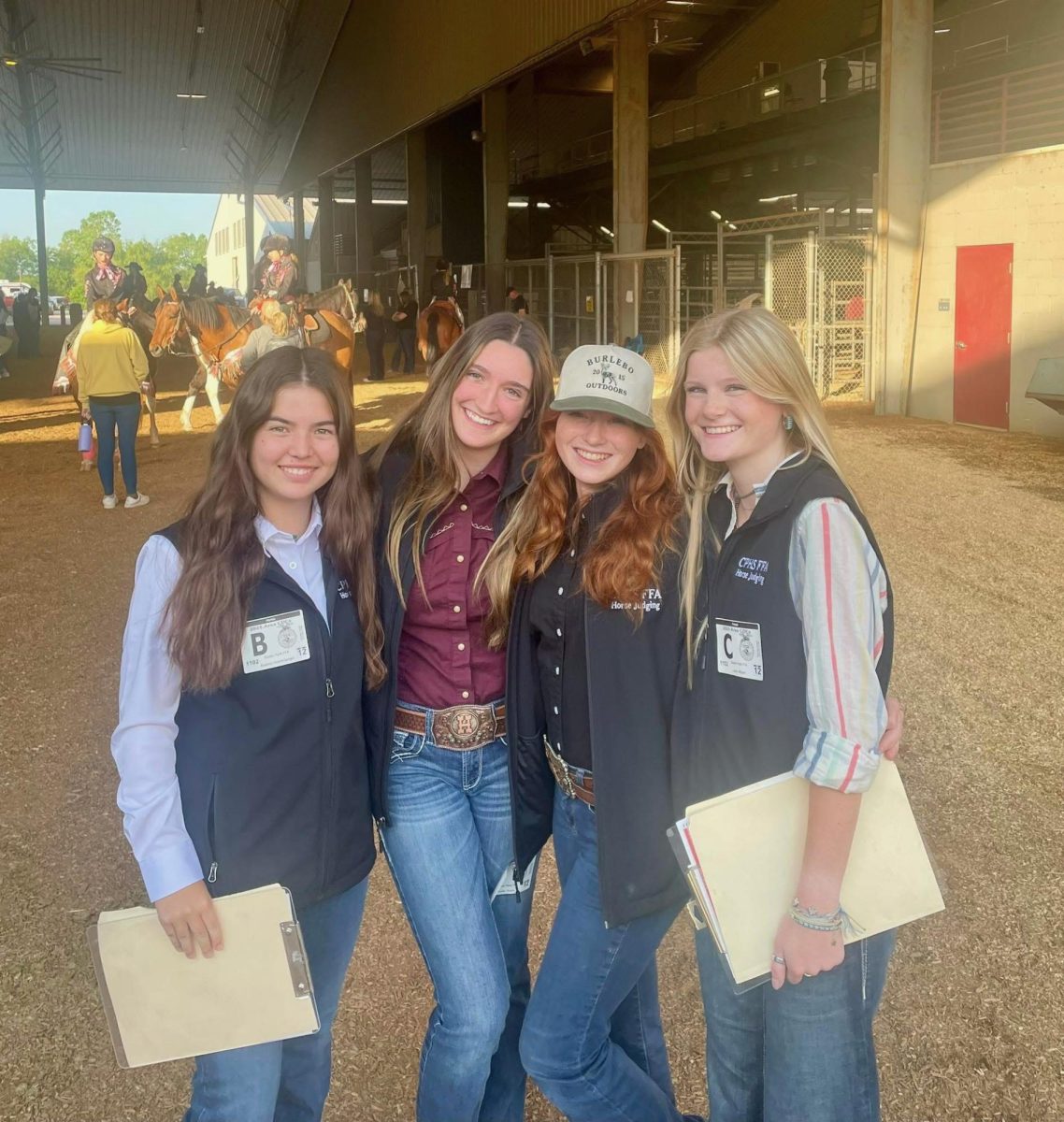
![Broadcast, yearbook and newspaper combined for 66 Interscholastic League Press Conference awards this year. Yearbook won 43, newspaper won 14 and broadcast took home nine. “I think [the ILPC awards] are a great way to give the kids some acknowledgement for all of their hard work,” newspaper and yearbook adviser Paige Hert said. “They typically spend the year covering everyone else’s big moments, so it’s really cool for them to be celebrated so many times and in so many different ways.”](https://cphswolfpack.com/wp-content/uploads/2025/05/edited-ILPC.jpg)


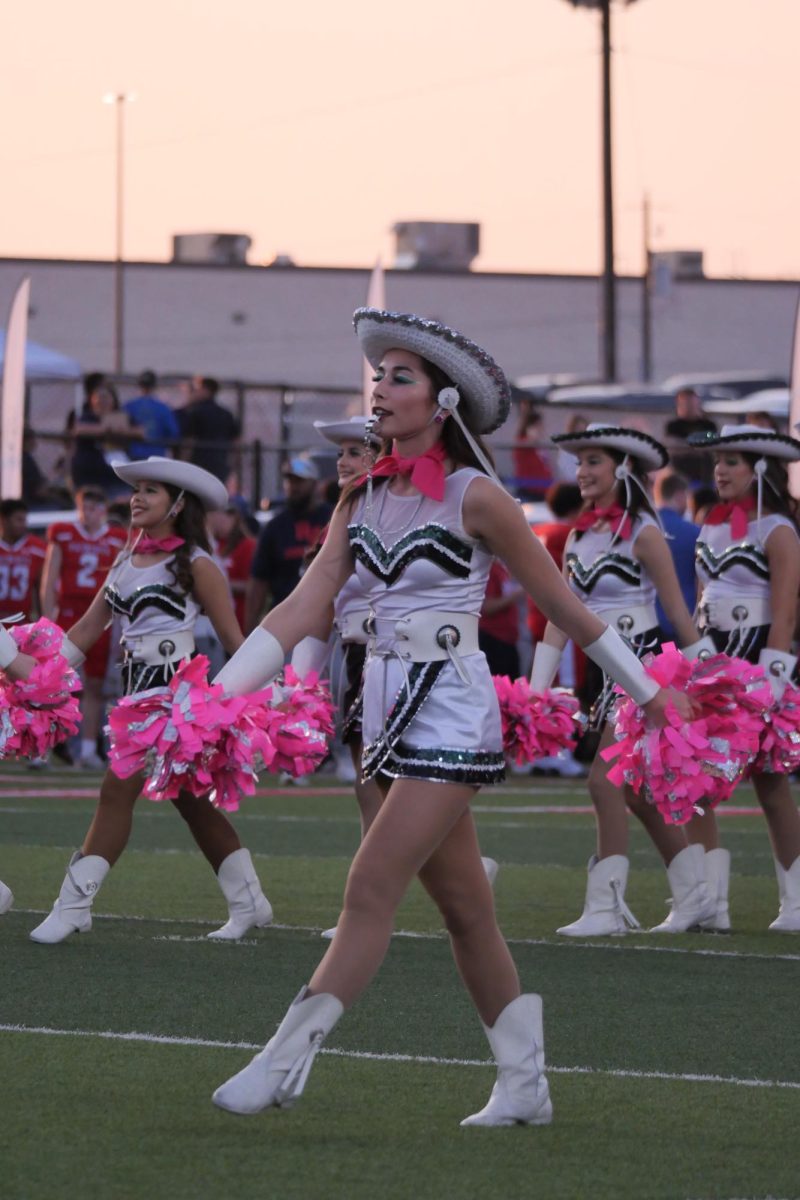
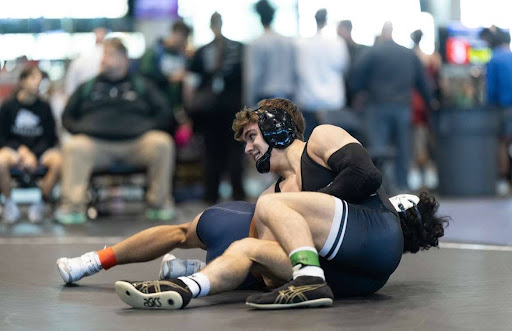



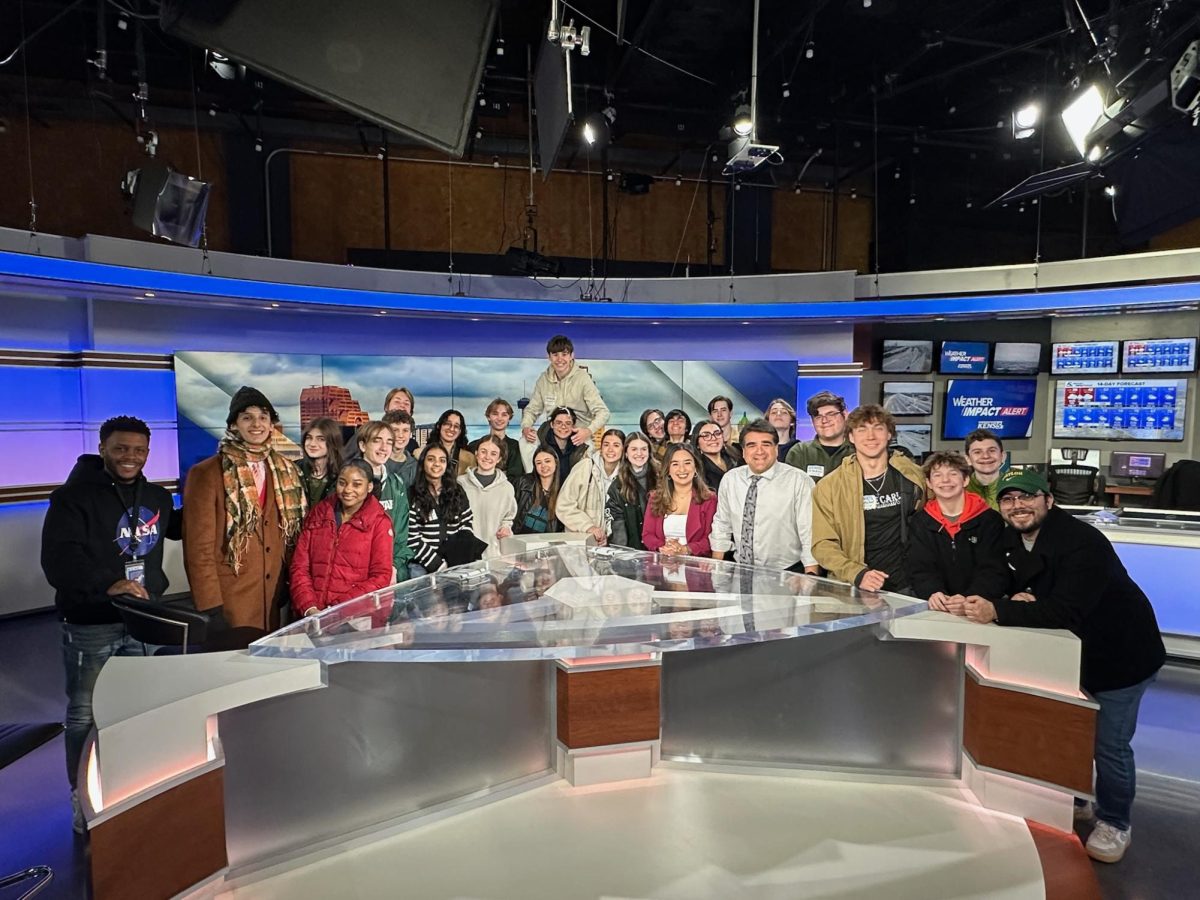
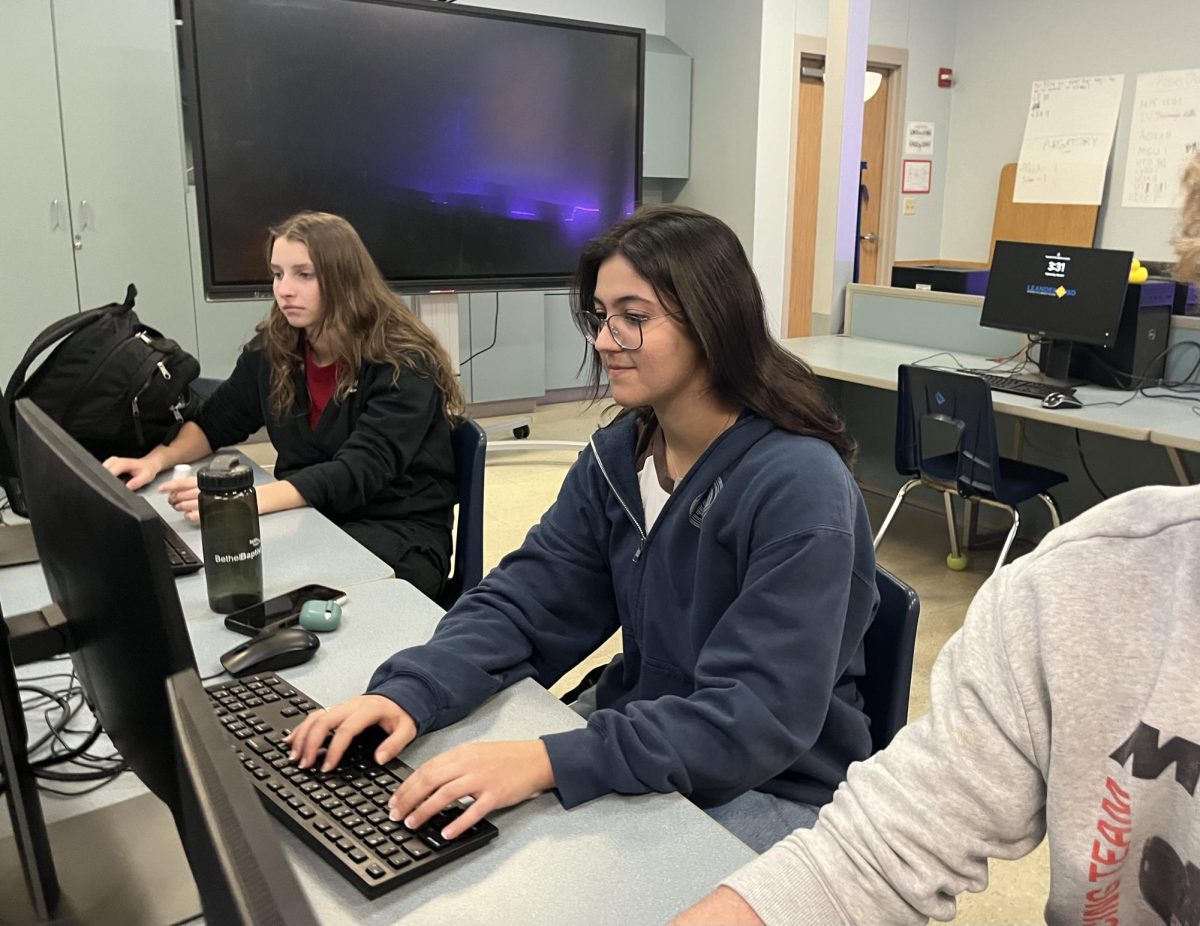
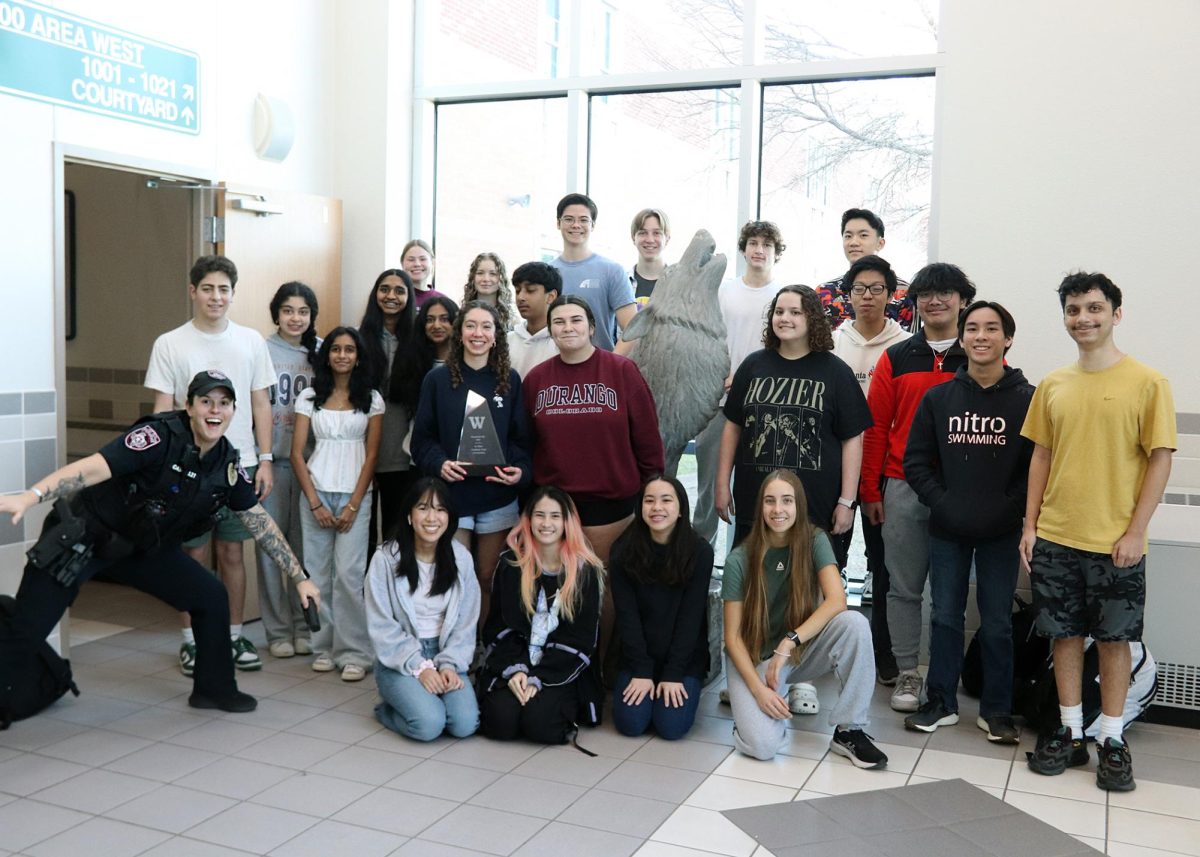
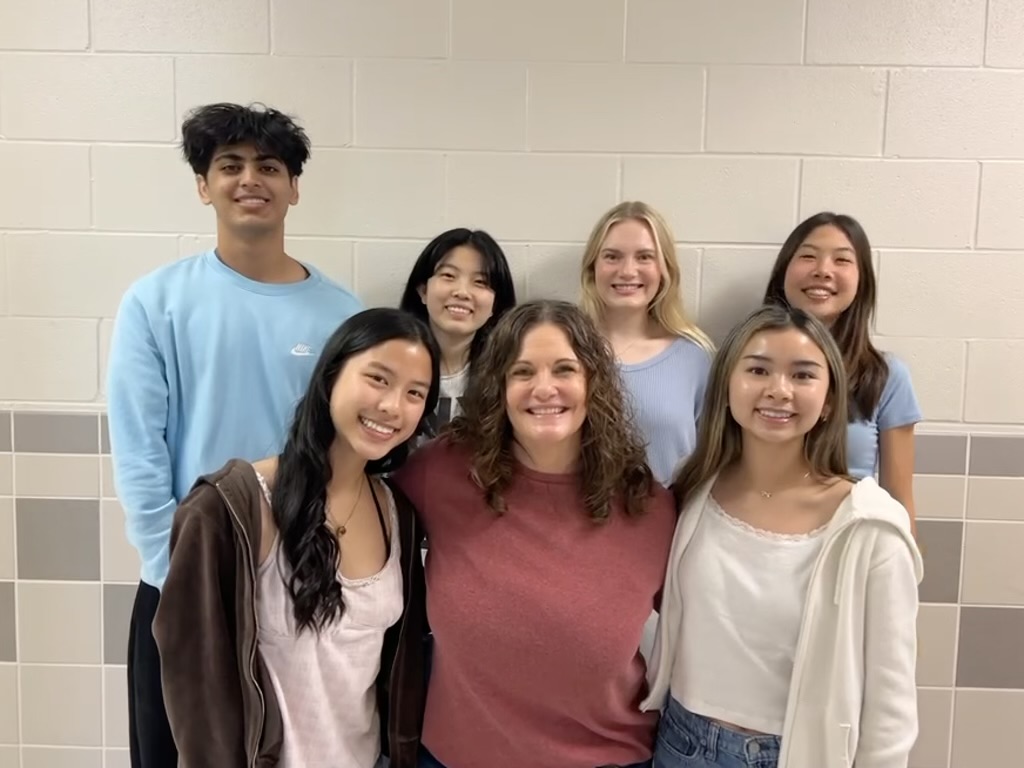
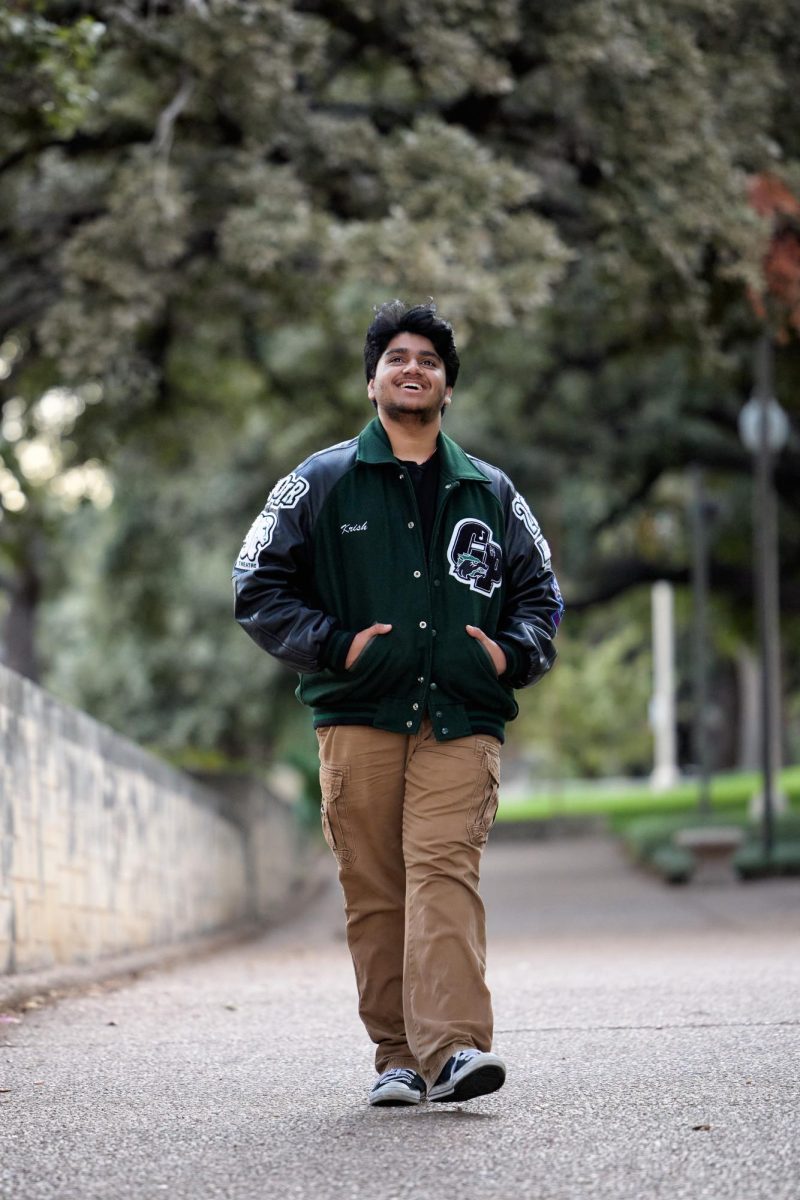
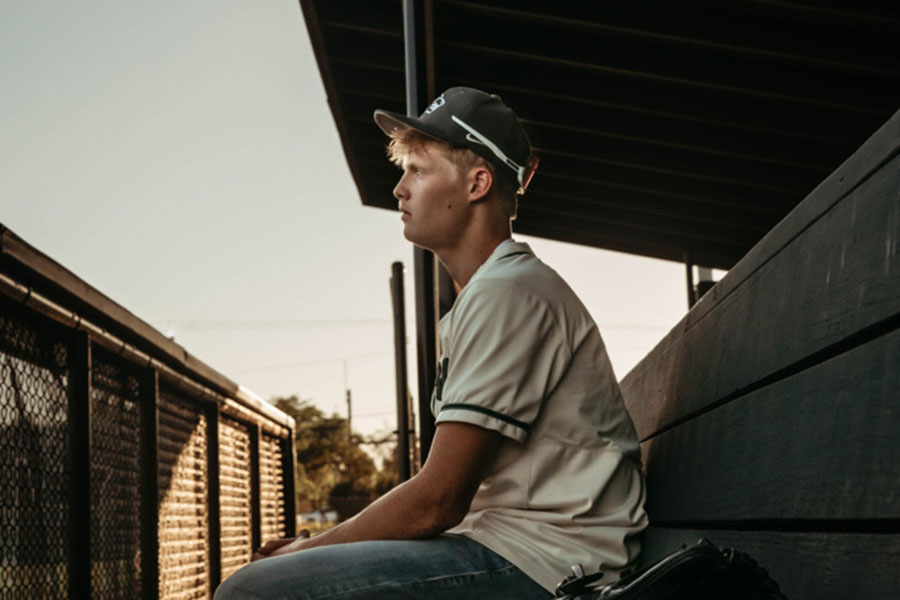
![Bringing her arm over her head and taking a quick breath, junior Lauren Lucas swims the final laps of the 500 freestyle at the regionals swimming competition on date. Lucas broke the school’s 18-year-old record for the 500 freestyle at regionals and again at state with a time of 4:58.63. “I’d had my eye on that 500 record since my freshman year, so I was really excited to see if I could get it at regionals or districts,” Lucas said. “ State is always a really fun experience and medaling for the first time was really great. It was a very very tight race, [so] I was a bit surprised [that I medaled]. [There were] a lot of fast girls at the meet in general, [and] it was like a dogfight back and forth, back and forth.” Photo by Kaydence Wilkinson](https://cphswolfpack.com/wp-content/uploads/2025/03/Kaydence-2.7-23-edit-2.jpg)
![As the support team sits and poses for a photo in the cafeteria with the counseling team they eagerly wait to start their day. "We [all] seem to be a team, I get up every day and there's days where I don't want to go to work today, but I'm thankful that I have a job and I'm blessed to have what I have," Christopherson said. Photo Courtesy of Julie Weltens.](https://cphswolfpack.com/wp-content/uploads/2025/01/AF9E8470-10D7-4C91-BF28-EC8F86BAB66C-1200x852.jpeg)
![Officer Stephanie Cash is in her second year as an SRO at CPHS. “Seeing [students] grow over the years has been kind of cool,” Officer Cash said. “Freshmen that [are] all over the place and then in the next couple of years get a little more squared away and go to class and do work and start thinking about the future. Being a part of a student's growth is the best way to measure my success as an SRO.” Photo Courtesy of Cedar Park Police Department's PIO, Alicia Gallagher.](https://cphswolfpack.com/wp-content/uploads/2024/12/CPHS-SRO-900x1200.jpg)
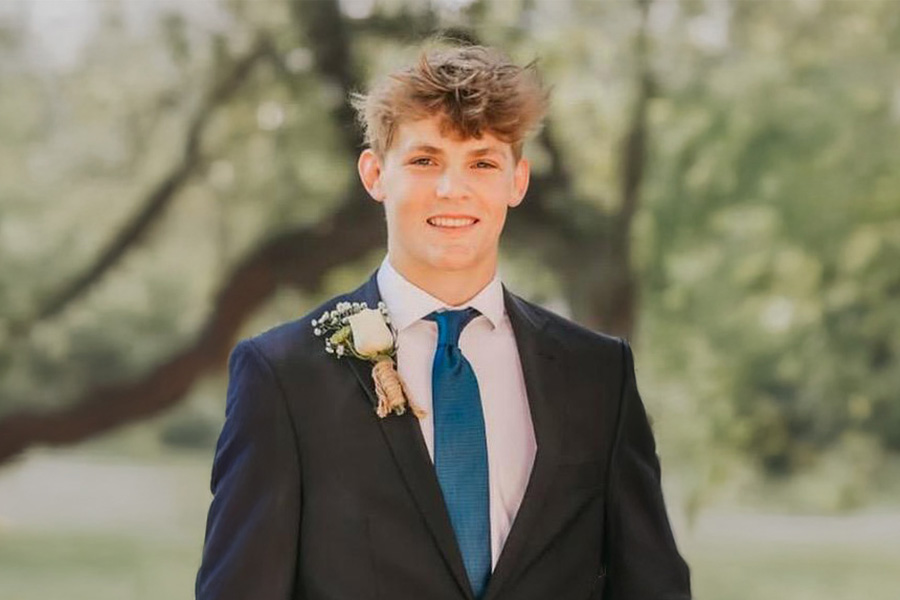

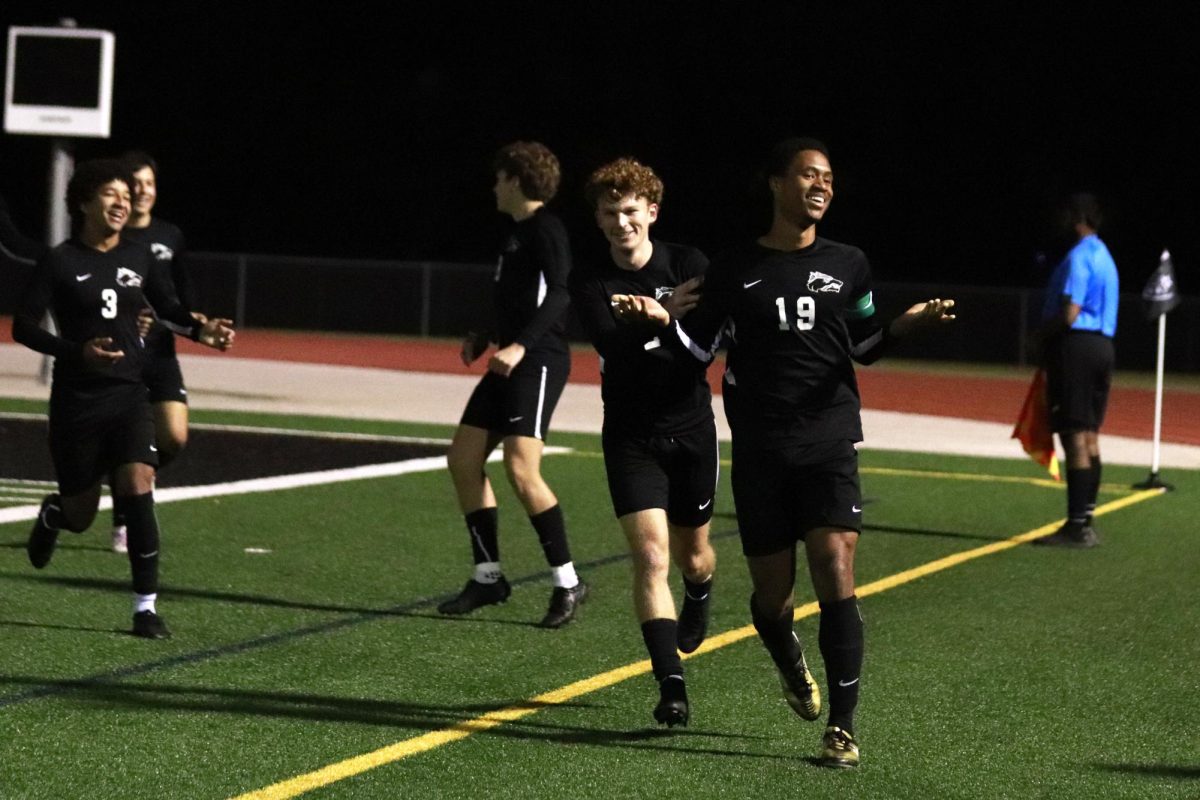
![Taking a breath as he raises his arm up and out of the water, sophomore Kaden Padilla swims the 500 freestyle at the UIL state meet on Feb. 21-22. Padilla placed 10th overall and second in the consolation final in the event, dropping two seconds. “My family was there, so being able to drop time for them was really special,” Padilla said. “It was awesome [finding out I advanced to the consolation finals]. I wasn’t expecting it, and I was very surprised. My parents being there definitely made me a lot happier knowing they got to see me swim in finals.” Photo by Skyler King.](https://cphswolfpack.com/wp-content/uploads/2025/03/kaden-padilla.jpg)

![Three defenders try to stop senior point guard Hope Edwards before the ball leaves her hands. The girls basketball team faced Liberty Hill on Feb 21, losing 58-40. “[My season was] definitely bittersweet,” Edwards said. It's definitely sad [because] I'm gonna miss all my teammates, my coaches and just the whole CP environment.”](https://cphswolfpack.com/wp-content/uploads/2025/03/julia-128-1200x800.jpg)
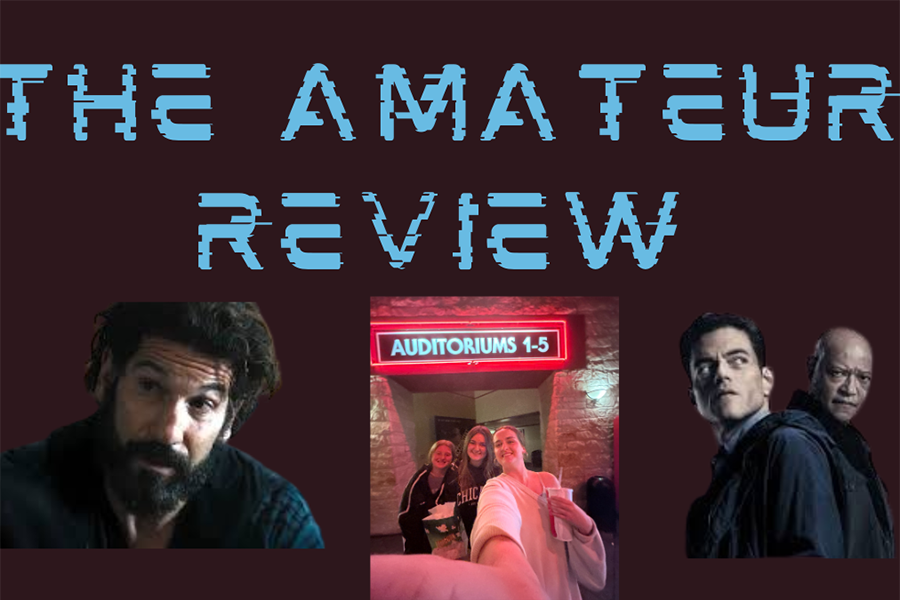
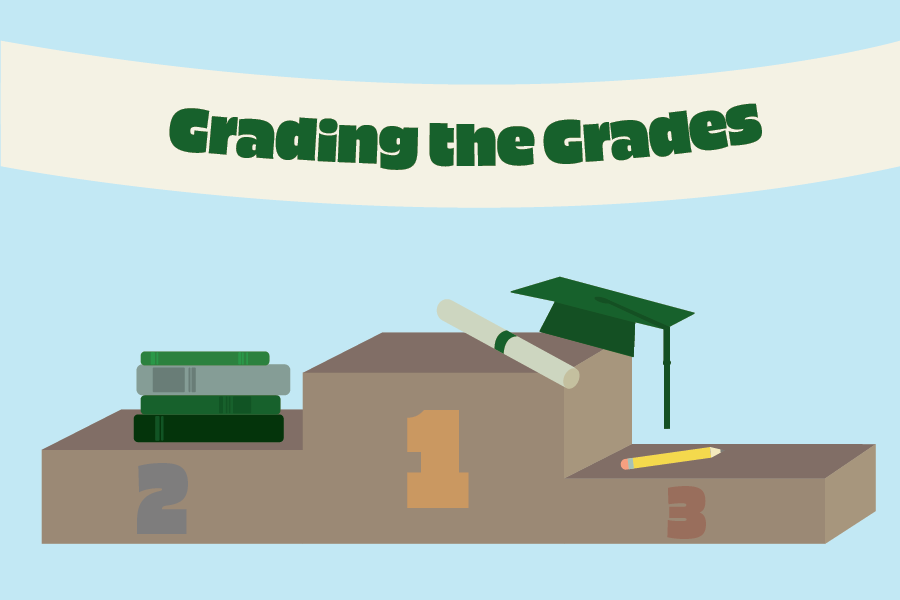

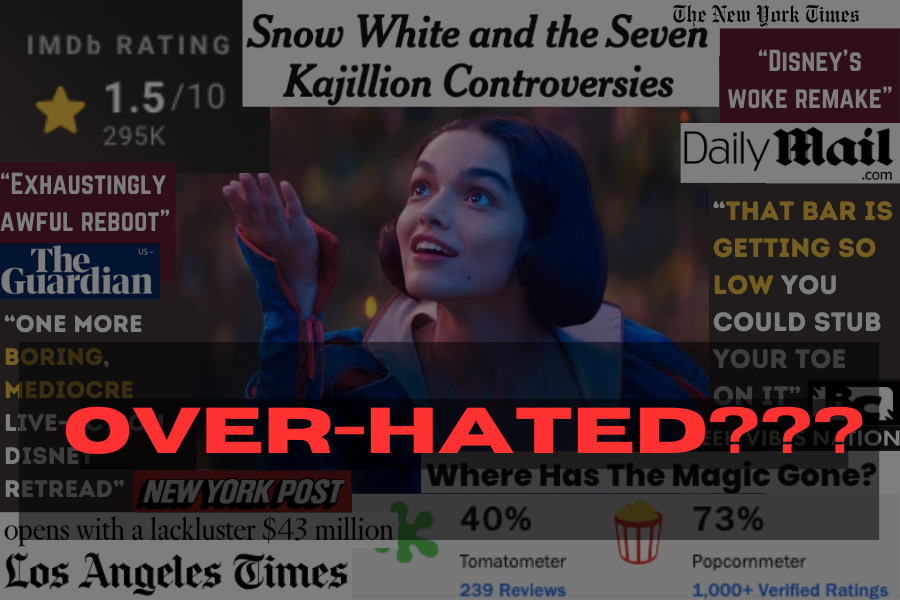
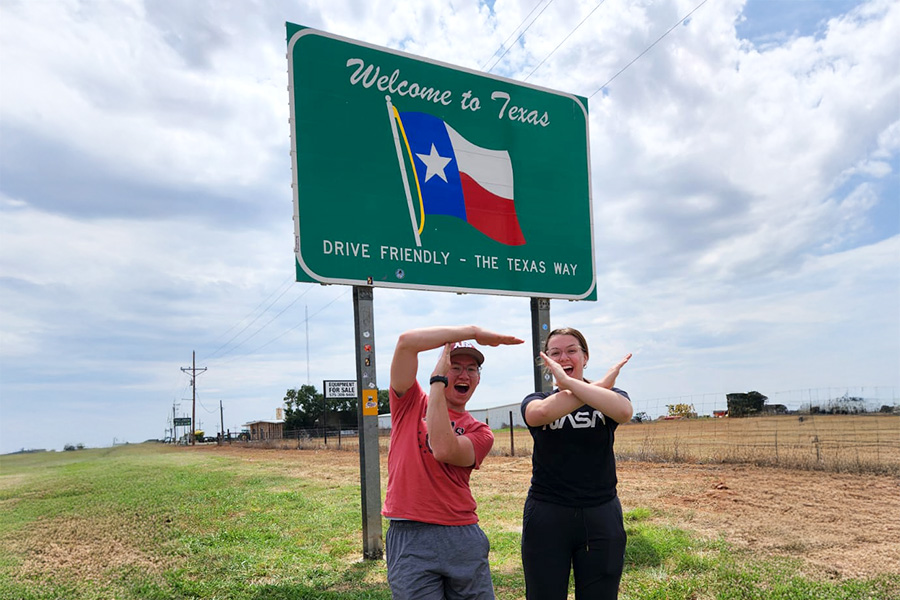

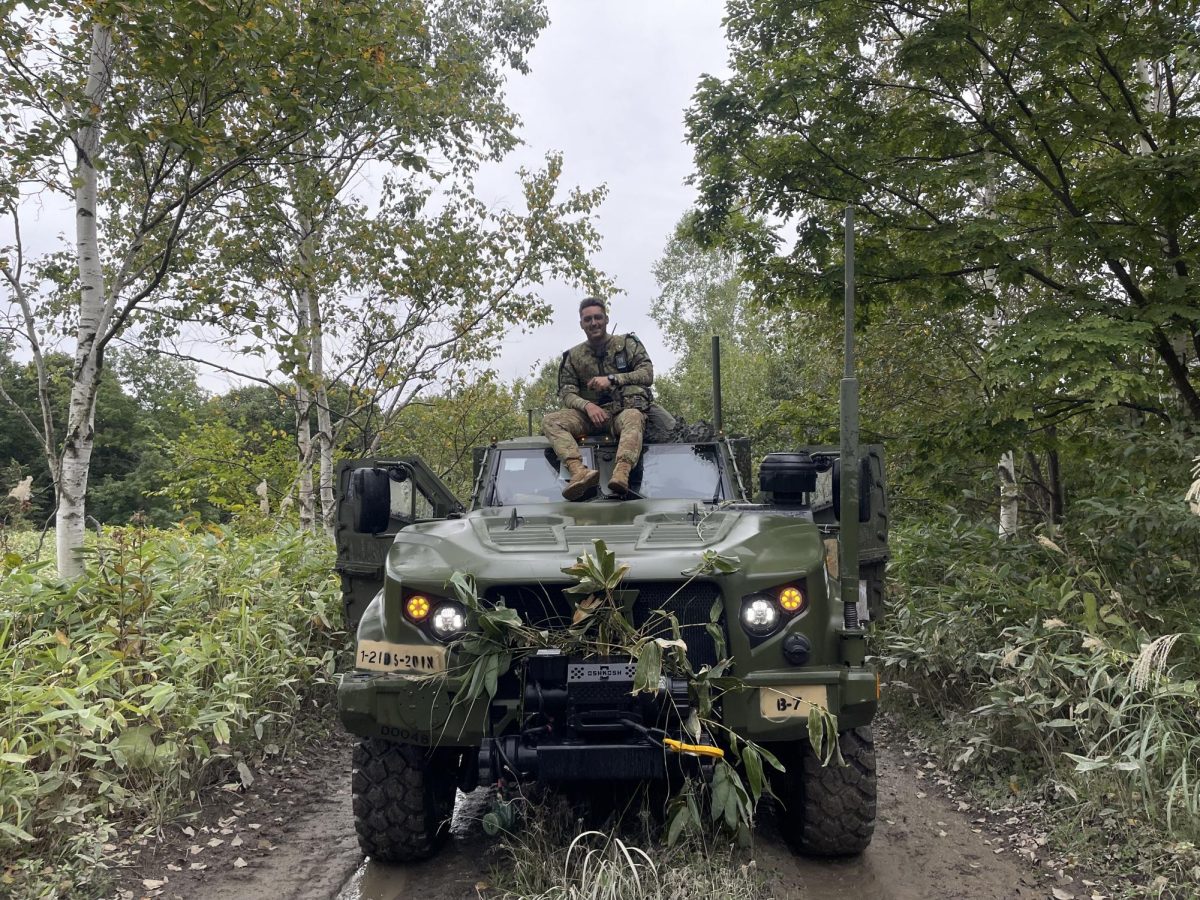
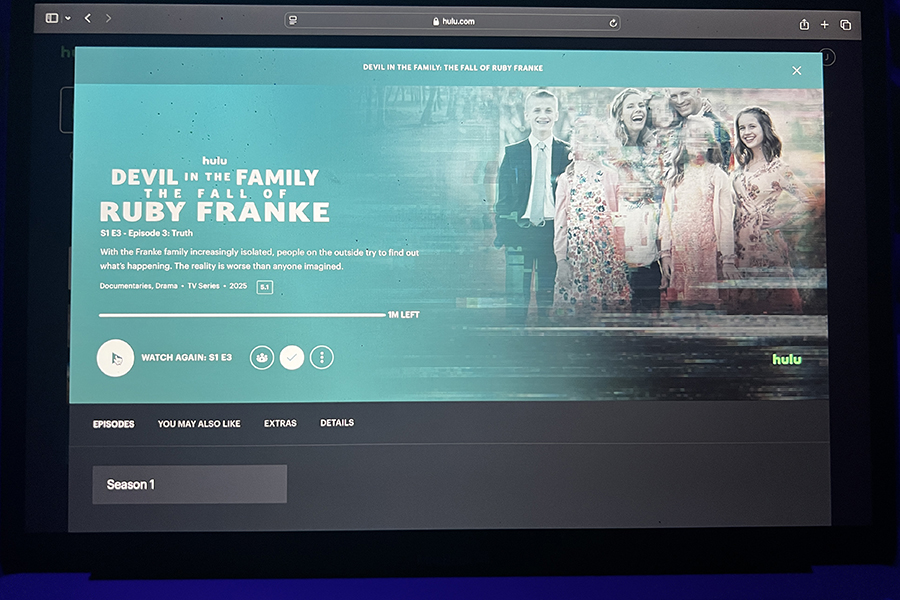
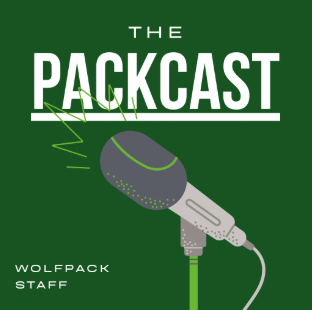

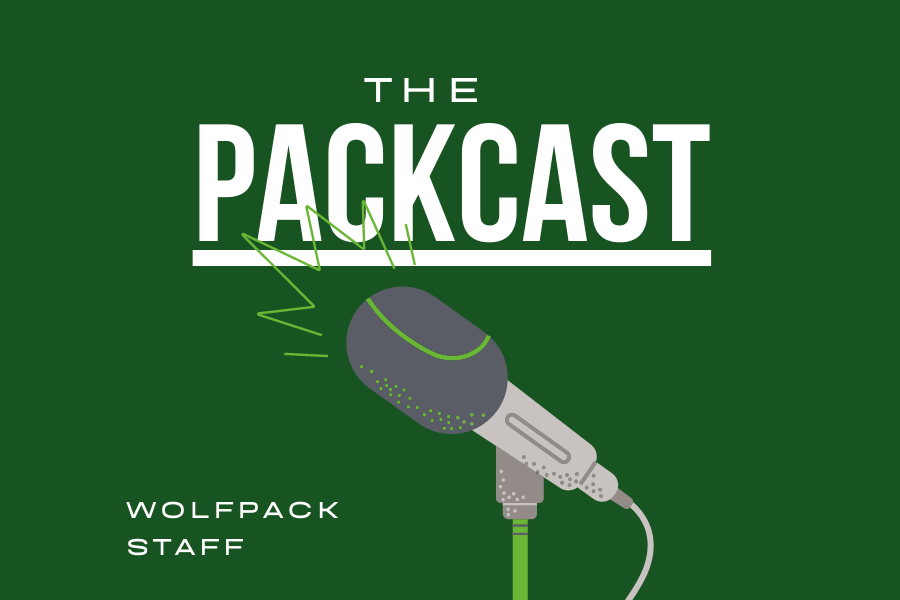



ally johnpress • Jan 24, 2021 at 4:11 am
hi my name is ally! i am here at 4:10 in the morning and i just want to say the depth this article has is phenomenal. i have personally been inspired to attempt to continue to write my article about debate. thanks!